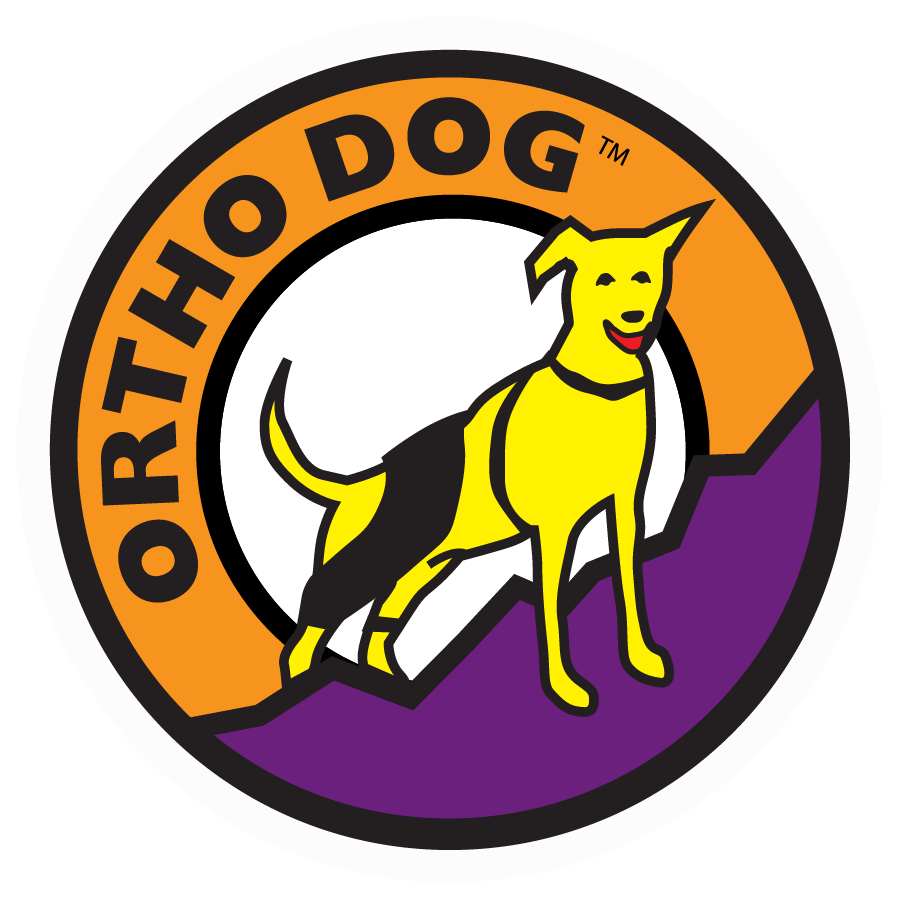Let’s be honest. We are all guilty of attempting to diagnose potential health-related concerns on the internet first – and that practice extends to evaluating our dogs. If you suspect your pup is having leg problems be sure to talk with your vet. Some dog anatomy research, however, may help you prepare – specifically dog leg anatomy and the terms vets will use to describe different parts of your dog’s front and rear legs. We’re putting dog leg anatomy into human terms to simplify and help you remember.

Dog Knee and Knee Cap

Dog leg anatomy is complex, especially dog knees, which are found on the hind legs. The technical term for a dog knee is the stifle joint. The stifle joint connects the femur, which is the dog thigh bone, to the tibia and fibula, the lower leg bones, and the patella,the canine equivalent to the knee cap.
Many dogs’ suffer from stifle joint-related injuries and injuries of the ligaments that stabilize the stifle joint. Two of the most common are torn ACLs (CCLs) and luxating patellas. Patellar luxation occurs when the dog’s kneecap is dislocated from its normal position.
Dog ACL
Ligaments stabilize joints. Ligament injuries are fairly common in both humans and dogs. Dog’s technically do not have an ACL, which stands for the anterior cruciate ligament in humans. Instead, dog’s have a CCL, which means cranial cruciate ligament. The CCL is a knee (or stifle) ligament. Torn CCLs are a common rear leg dog injury.
Learn more about dog ccl tears and treatment options.
Dog Ankle

The dog equivalent of the ankle is called the hock. The hock is part of a dog’s hind leg anatomy and connects the shin bones to the paw bones.
Learn more about canine hock injuries.
Dog Elbow and Wrist

While dogs technically do not have arms, they do have elbows and wrists. Their elbows and wrists are part of the front leg anatomy. The front legs are also called forelegs. Like humans, the foreleg is made up of the radius and ulna. The wrist is also called the carpus.
Learn more about canine wrist injuries and treatments.
Talking to Your Vet About Dog Leg Injuries
It’s important that you speak with a licensed veterinarian to properly diagnose any leg-related health concerns you have about your dog. It is helpful, however, to be able to speak the same language and understand the common canine leg anatomy terms your vet may use when discussing your pup’s potential condition.
Prepare for your vet consultation or visit by looking for specific leg injury signs and symptoms your vet may ask about:
- Limping on front leg? Back leg?
- Limping after a long walk? After sleeping?
- Weakness in foreleg
- Swelling
- Holding up paw for extended lengths of time
- Won’t put pressure down on leg or paw
- Licking at knee (patella) or paw
- Intermittent hop in gait

